Savoury Spice: The Secret Weapon for Flavorful Meals
Whether you're a seasoned chef or a home cook with a passion for cooking, savoury spices are the unsung heroes of your kitchen. They add depth, complexity, and that extra zing that makes a dish unforgettable. In this article, we'll explore what makes a spice 'savoury,' how to use it effectively, and why it's essential for every kitchen.
Table of Contents
- What is Savoury Spice?
- Common Savoury Spices
- How to Use Savoury Spice
- Buying Guide for Savoury Spices
- Tips for Creating Flavor
- Conclusion
What is Savoury Spice?
Savoury spice refers to a category of spices that are used to enhance the flavor of savory dishes. Unlike sweet spices like cinnamon or nutmeg, which are typically used in desserts, savoury spices are designed to complement meats, vegetables, and other hearty ingredients. These spices often have bold, earthy, or pungent notes that add layers of taste to your meals.
A key characteristic of savoury spices is their ability to balance flavors. They can add heat, umami, or a subtle bitterness that elevates the overall taste profile of a dish. For example, paprika adds a smoky sweetness, while cumin brings an earthy warmth. Understanding the difference between these spices is crucial if you want to master the art of seasoning.
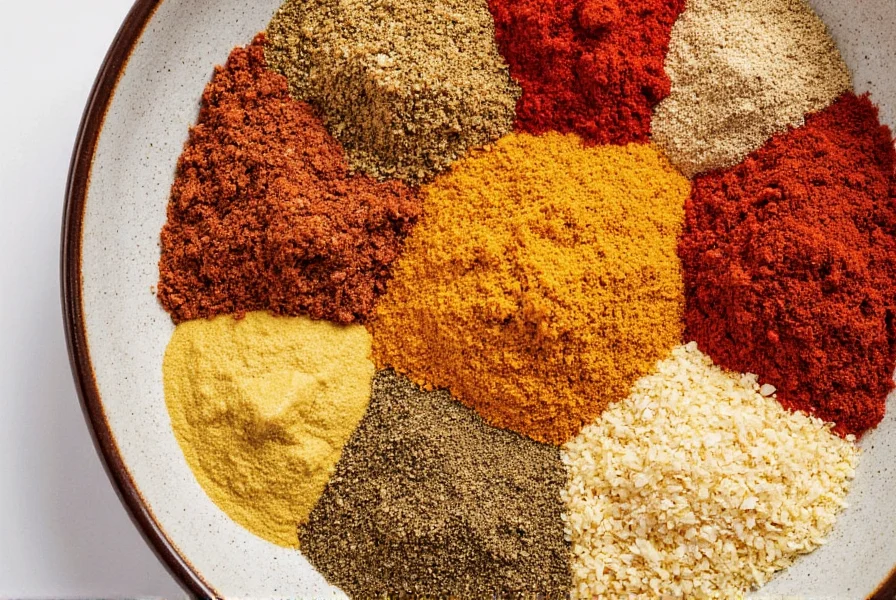
Common Savoury Spices
There are countless savoury spices available, but some are more commonly used than others. Here’s a quick list of the most popular ones:
- Cumin: Adds an earthy, warm flavor. Great for Mexican, Indian, and Middle Eastern dishes.
- Paprika: Offers a smoky or sweet flavor, depending on the type. Perfect for stews, soups, and grilled meats.
- Oregano: A staple in Mediterranean cuisine. Pairs well with tomatoes, olive oil, and roasted vegetables.
- Coriander: Has a citrusy, slightly sweet note. Often used in curries and chutneys.
- Garlic Powder: Adds a concentrated garlic flavor without the need for fresh cloves.
- Black Pepper: One of the most versatile spices. Enhances almost any savory dish.
- Mustard Seeds: Adds a sharp, tangy bite. Commonly used in pickling and spicy sauces.
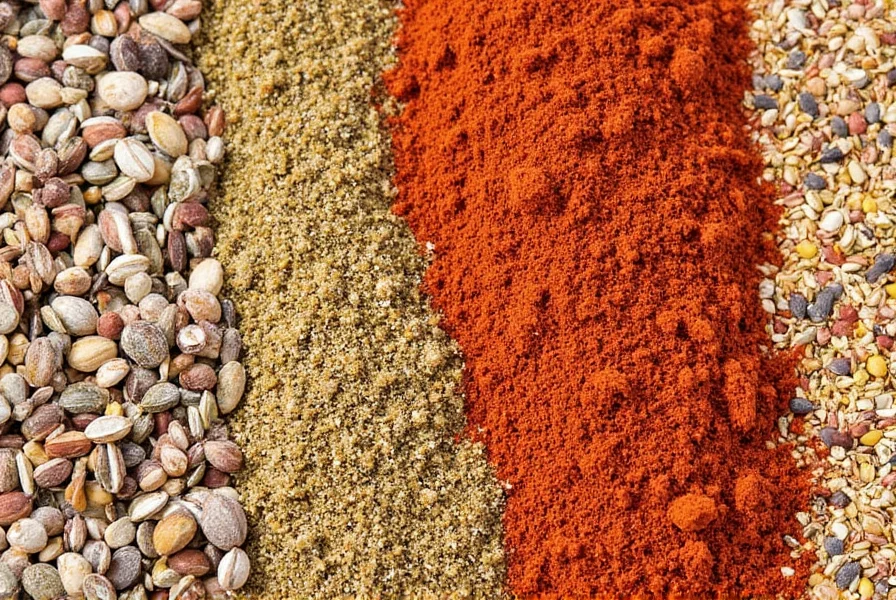
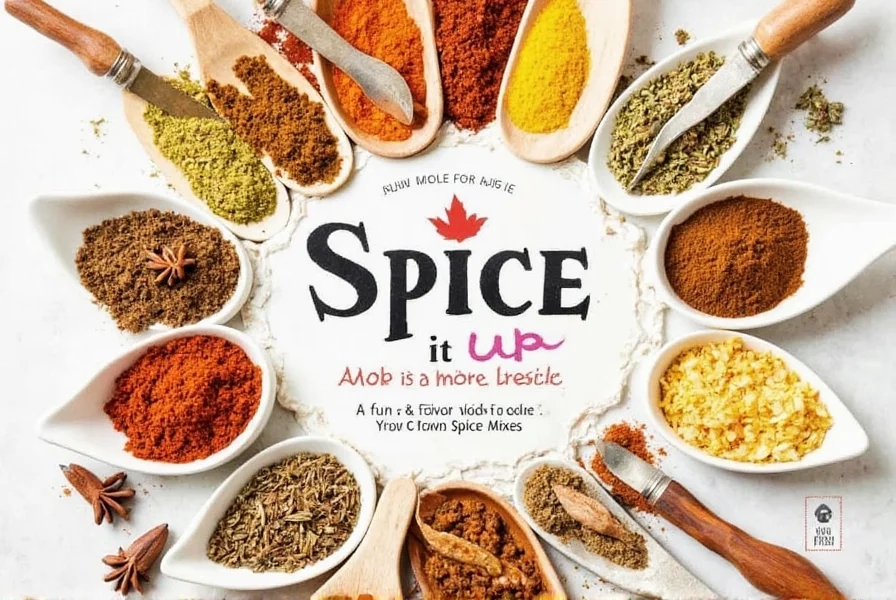
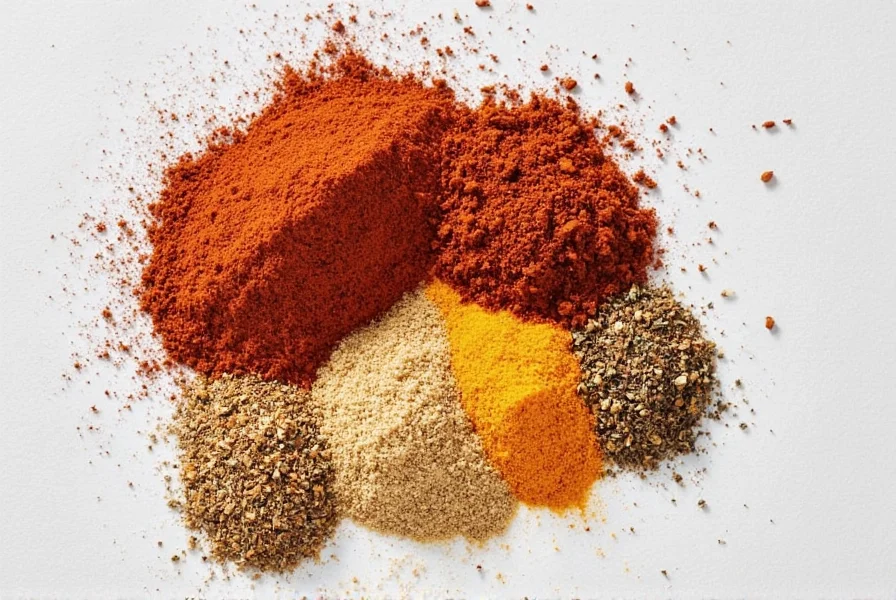
How to Use Savoury Spice
Using savoury spices effectively requires a bit of technique. Here are some tips to help you get the most out of them:
- Start Small: It’s easier to add more spice than to fix an over-seasoned dish. Begin with a pinch and adjust as needed.
- Toast the Spices: Toasting whole spices before grinding them releases their oils and enhances their flavor. A dry pan or a spice grinder works wonders.
- Pair Wisely: Some spices work better together. For example, cumin and coriander go well with turmeric in Indian dishes, while paprika and oregano pair perfectly in Italian recipes.
- Use in Dishes That Need Depth: Spices like smoked paprika, black pepper, and garlic powder are ideal for slow-cooked stews, braised meats, and roasted vegetables.
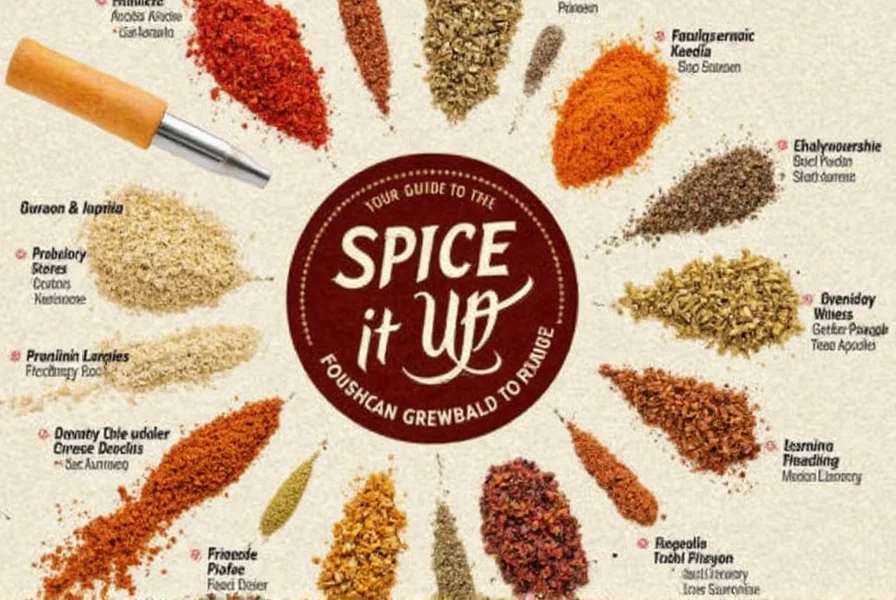

Buying Guide for Savoury Spices
When purchasing savoury spices, it's important to choose high-quality products that will deliver maximum flavor. Here’s a guide to help you make informed decisions:
1. Cumin
| Feature | Details |
|---|---|
| Flavor Profile | Earthy, nutty, slightly bitter |
| Best For | Mexican, Indian, Middle Eastern cuisines |
| Usage Tips | Toast before using; pair with chili or tomato-based dishes |

2. Paprika
| Feature | Details |
|---|---|
| Flavor Profile | Smoky, sweet, or hot (depending on variety) |
| Best For | Grilled meats, stews, soups, and deviled eggs |
| Usage Tips | Use smoked paprika for a rich, smoky flavor |

3. Oregano
| Feature | Details |
|---|---|
| Flavor Profile | Eucalyptus-like, slightly bitter |
| Best For | Italian, Greek, and Mediterranean dishes |
| Usage Tips | Use dried oregano for heartier dishes; fresh for salads |

4. Coriander
| Feature | Details |
|---|---|
| Flavor Profile | Citrusy, slightly sweet |
| Best For | Indian, Thai, and Middle Eastern dishes |
| Usage Tips | Use ground coriander in curries and chutneys |
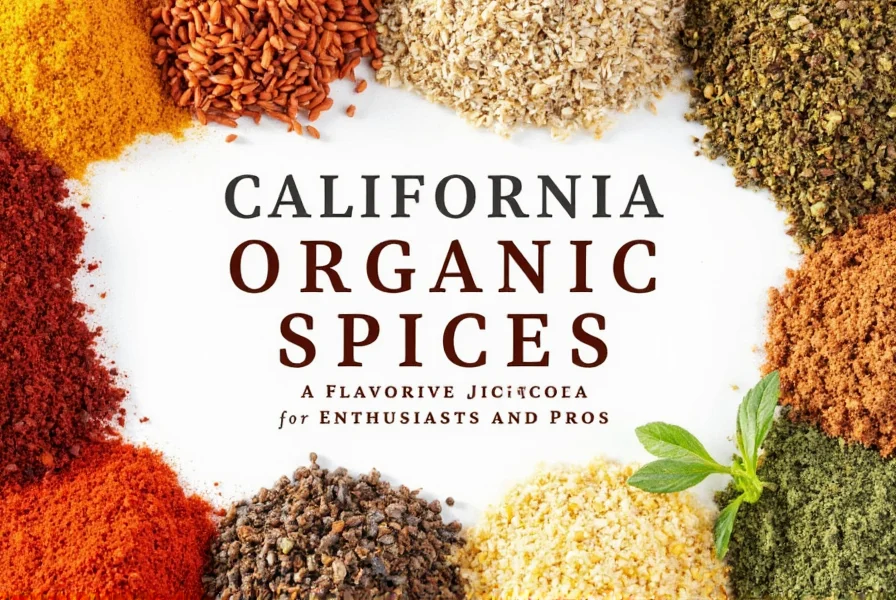
5. Black Pepper
| Feature | Details |
|---|---|
| Flavor Profile | Sharp, pungent, slightly sweet |
| Best For | Most savory dishes |
| Usage Tips | Use freshly ground pepper for maximum flavor |
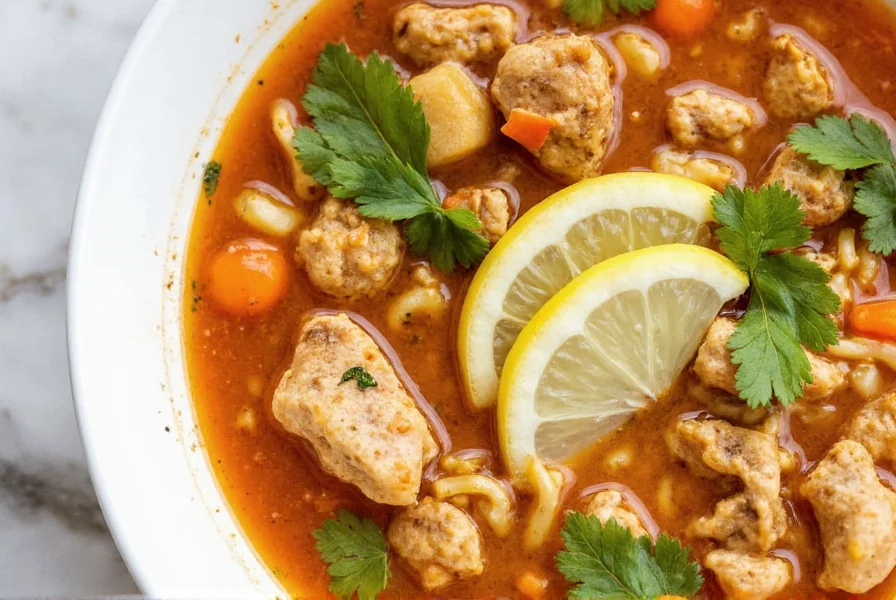
Tips for Creating Flavor
Creating great flavor with savoury spices is both an art and a science. Here are some practical tips to help you elevate your cooking:
- Layer the Flavors: Start with a base of salt, then add a layer of herbs and spices. This creates a more complex and satisfying taste.
- Balance the Heat: If you're using spicy spices like cayenne or chili powder, balance them with something sweet or acidic—like honey or lemon juice.
- Experiment with Combinations: Don’t be afraid to try new spice blends. You might discover a unique flavor that becomes your signature style.
- Store Properly: Keep your spices in a cool, dark place away from moisture. Ground spices lose potency faster, so buy in small quantities and use them within a year.
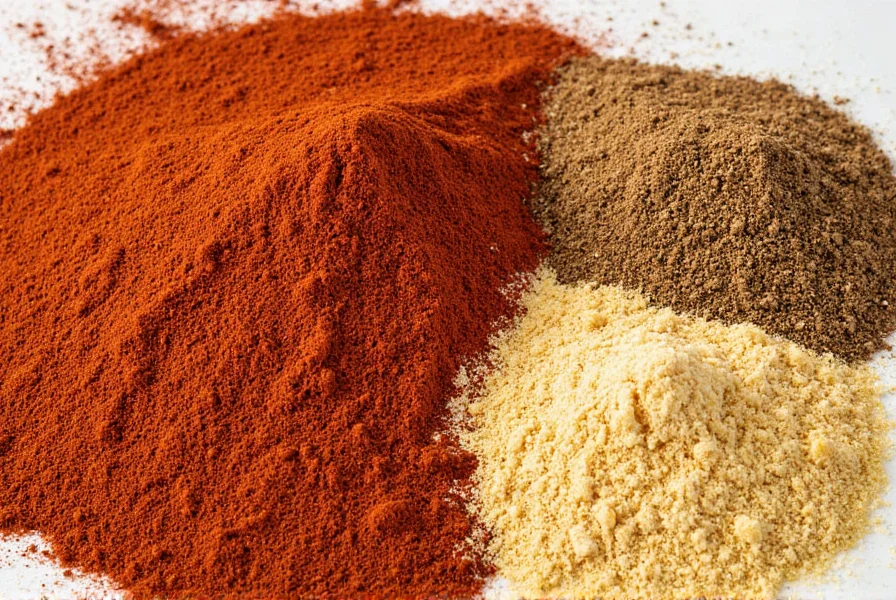
Conclusion
Savoury spices are the backbone of many of the world's most beloved dishes. Whether you're grilling, roasting, or simmering, these spices can transform a simple meal into something extraordinary. By understanding their properties, learning how to use them, and investing in quality products, you can unlock a whole new world of flavor in your cooking.
The next time you reach for the salt, remember that savoury spice is just as powerful—and maybe even more exciting. So go ahead, experiment, and let your taste buds take the lead.
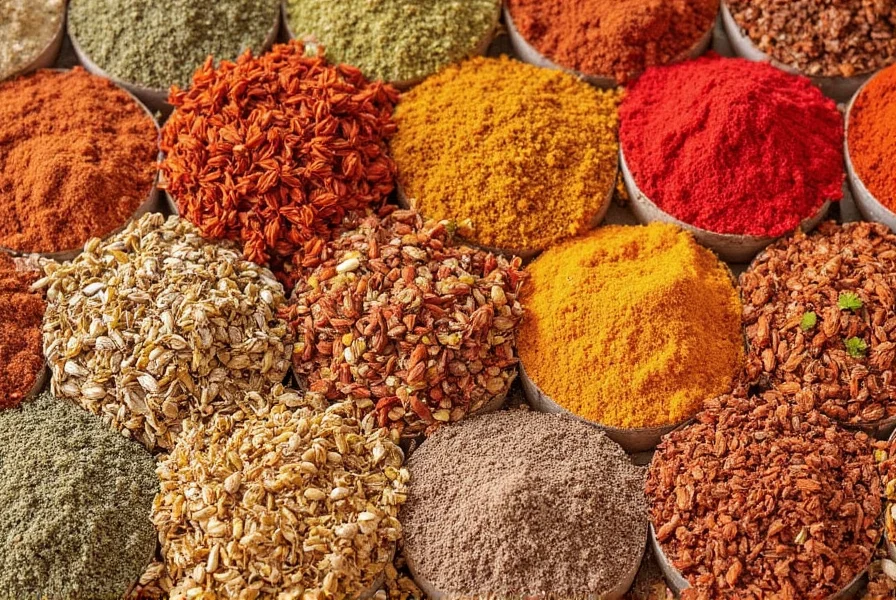










 浙公网安备
33010002000092号
浙公网安备
33010002000092号 浙B2-20120091-4
浙B2-20120091-4